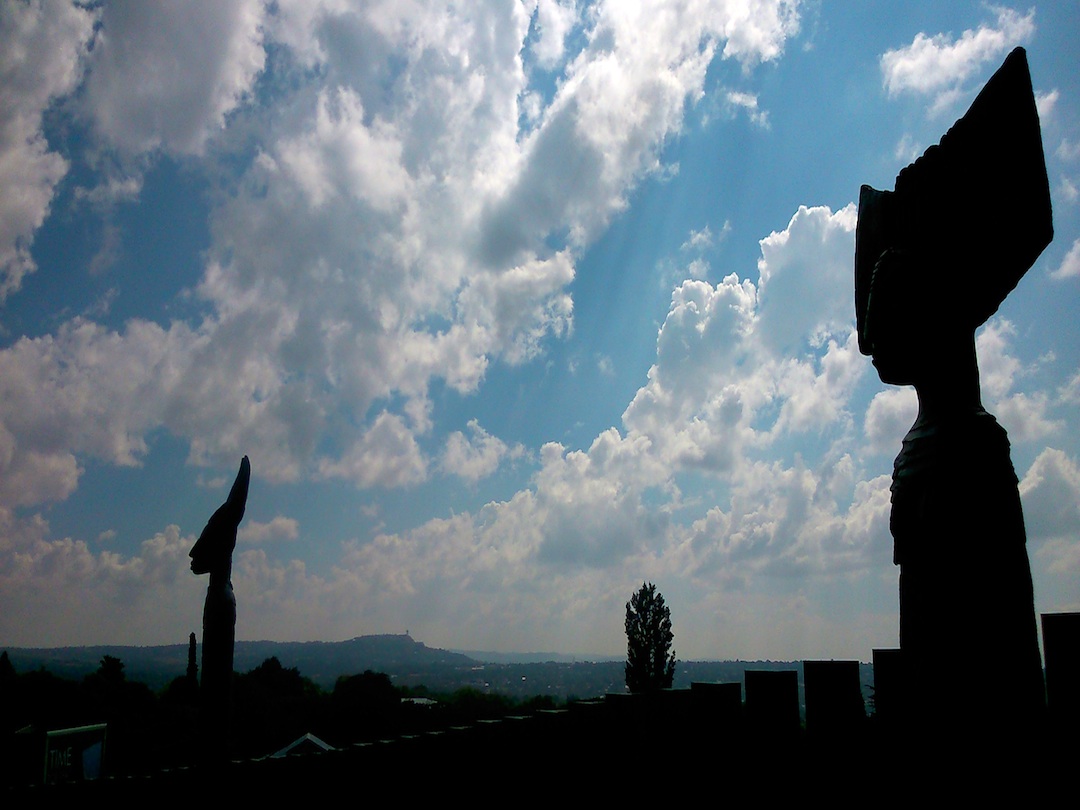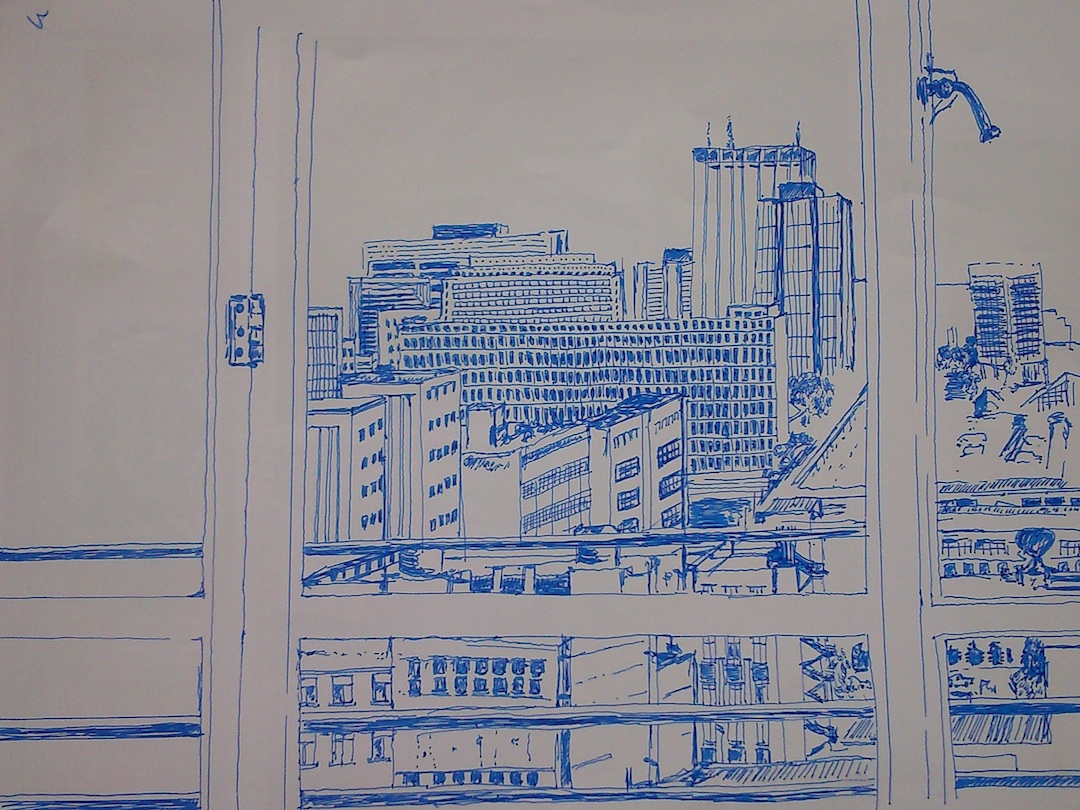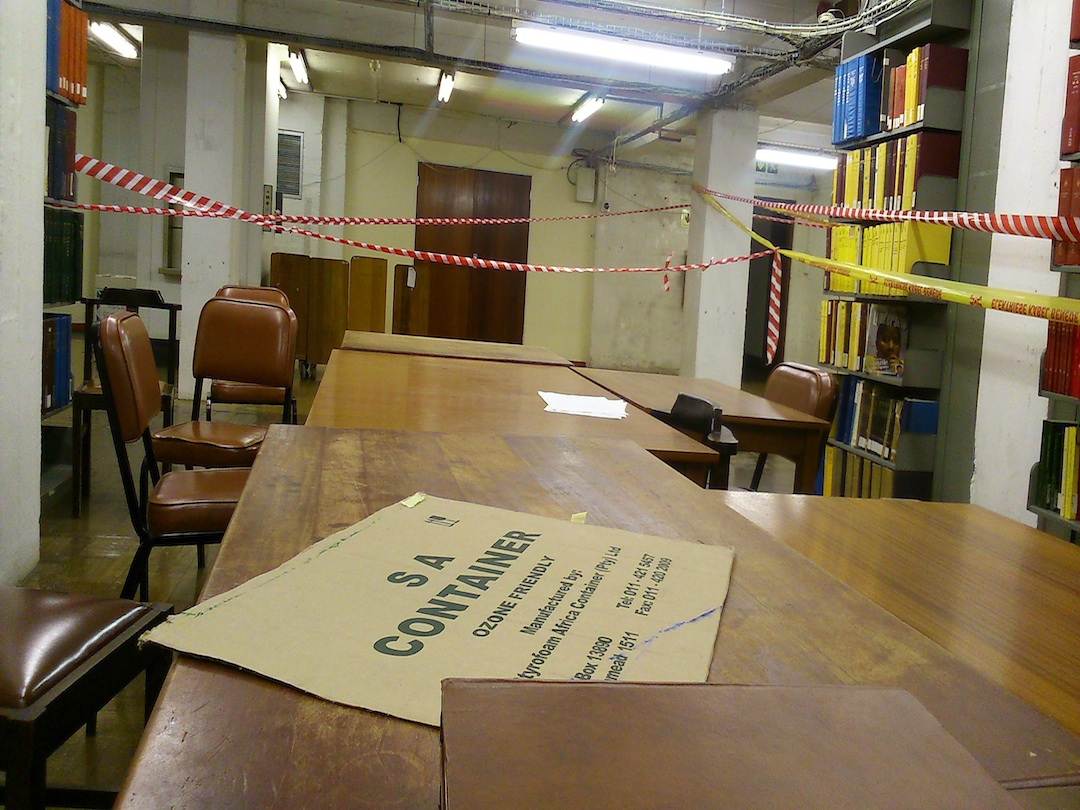Contextual Notes – Johannesburg
1984 was still a very oppressive period in South Africa, eight years on from the Soweto uprising and a State of Emergency declared the following year. While it was obvious who the enemy was, there were also ideological differences between the Black Consciousness movement (aligned with the PAC) and the ANC, which also played out in the cultural movements at the time.
In the 1984 edition of Staffrider Njabulo Ndebele’s article ‘Turkish Tales and Some Thoughts on South African Fiction’ explores the issue with art that was about ‘informing rather than transforming’: “All the writer needs to understand is that he can only be genuinely committed to politics through a commitment to the demands of his art”.
Ndelbele was critical of ‘sloganeering’ : “The slogan is the substitution of the gut response for clarity of analysis based on systematically acquired information”. Ali Khangela Hlongwane when I met him talked about how the theatre group he was involved with at the time (Soyikwa African Theatre) was a theatre of resistance rather than protest theatre. This distinction was important, rather than being reactionary and dogmatic, the theatre he was involved in was about the people themselves being the vehicle for change. Wally Serote who was in the military wing of the ANC, stressed (at a talk of his I went to at Museum Africa) how their training then was about being informed about what was happening – this was crucial before beginning to learn how to rebel.
1984 was also the year of the opening of the Carnegie Commission exhibition of photography, ‘South Africa: The Cordoned Heart’. Two years previously, the Culture and Resistance Festival in Gaborone, Botswana brought together South African exiled cultural workers in the struggle against apartheid. It was organised by Medu Arts Ensemble who formed in the aftermath of the Soweto Uprisings. Members Thami Mnyele, Mike Hamlyn, George and Lindi Phahle were among those killed by the South African Defence Force in 1985.
On 2 June 1984 there was a march against South African prime minister P W Botha’s visit to the UK when he met Margaret Thatcher. 50,000 people marched through central London. Speakers at a rally before the march included Johnny Makatini of the ANC and AAM Chair Bob Hughes MP
In this year, the South African government passed a new constitution in which there were to be three separate houses for ‘Whites, Coloureds and Indians’, with only limited representation of the latter two. Blacks were expected to have their own parliament. This new constitution resulted in a new surge of national violent uprisings.
Jenny Curtis Schoon was a woman who was exiled for her political activities and in 1984 a parcel bomb blew up her and her small daughter Katryn.
Other significant organisations during this period included:
FUBA (Federation Union of Black Artists)
Funda Art Centre (in Soweto)
Medu Arts Ensemble (Botswana)
Soyikwa African Theatre
Johannesburg Art Foundation (set up by Bill Ainslie)
Market Theatre Precinct
South African Council of Churches (funded a lot of the anti-apartheid work being done)
Afrapix documentary photographers collective
Congress of South African Writers
Creative Youth Association
Staffrider journal
Further links:
- Johannesburg Art Foundation (set up by Bill Ainslie)
- John Peffer (2009) Art and the End of Apartheid (University of Minnesota Press)
- South African History Online – towards a people’s history
- South African History Archive – archive for justice
- Forward to Freedom: South Africa’s Anti-Apartheid Movement historical archive – in pictures
- History of British Anti-Apartheid Movement (1959-1994)



